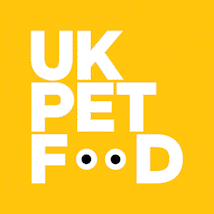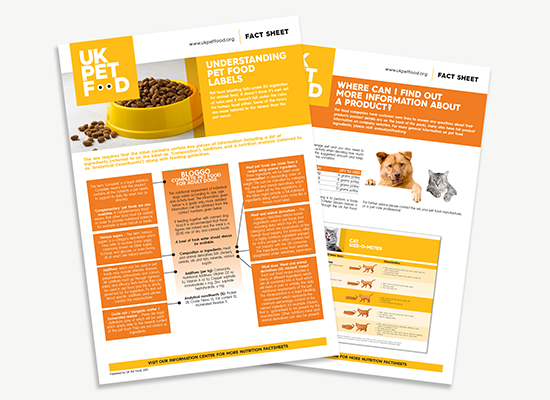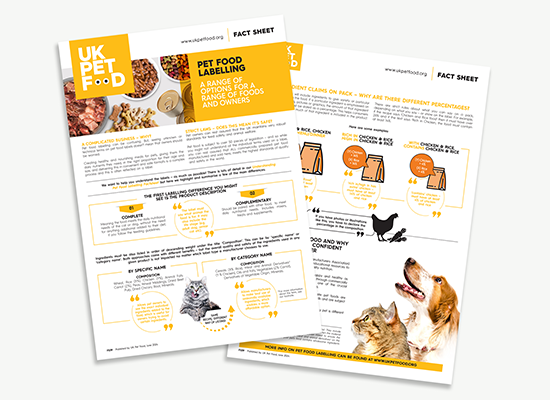Demystifying pet food labels
Pet food labelling can be confusing. But, seeing unknown or technical terms on pet food labels doesn’t mean that owners should be worried.
Creating healthy and nourishing meals for pets, giving them the daily nutrients they need, in the right proportion for their age and size, and delivering this in convenient and safe formats is a complex process and this is often reflected on the label. But pet owners can rest assured that the UK maintains very robust standards for feed safety and animal welfare.
Standards for labelling on pet food
In the UK, all information given on a pet food label must be truthful and not misleading about the nature and quality of the product.
By law, labels must include specific elements and our Pet Food Labelling fact sheets highlight and summarise some of these:



